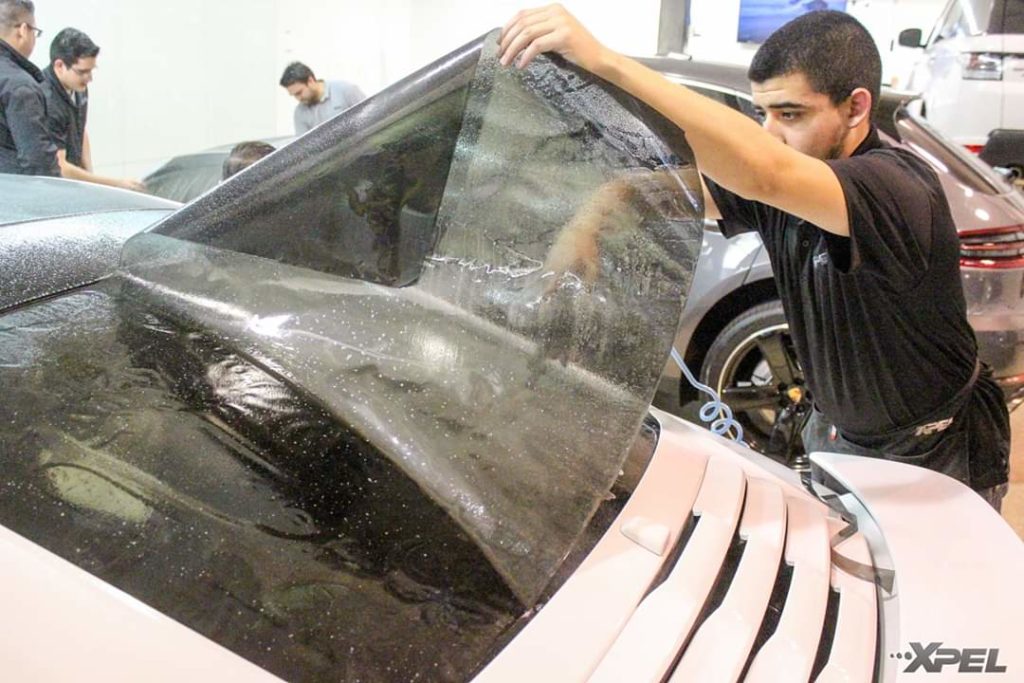Laws are in place to ensure that we remain safe. As most realize, there are laws around automotive window tint that must be followed, and these laws may differ from state to state. Because auto window tint laws vary, depending on where you reside, it can be confusing to know if you are in compliance.
The team at XPEL Boise is always here to help you decide on the best window tint for you and your vehicle, but today we want to make sure that you know what Idaho’s Auto Window Tint Laws (Idaho Legislature Title 49 Motor Vehicles Chapter 9 Vehicle Equipment) you need to know so you can avoid spending money on auto tint that will end up costing you over and over again.

Windshield tinting has come a long way over the years. Usually when we think of windshield tinting we are thinking about the “eyebrow”, which is the top 6 inches of your windshield. The restrictions on this area of your windshield is that you can only have non-reflective tint installed. XPEL can apply a clear tint to your entire windshield that reflects 99% of UV Rays, helps reduce heat and most importantly to drivers, reduces sun glare so you are not trying to focus on the road ahead through squinted eyes.
Front Side Windows and Rear Car Windows have the same rules and regulations in Idaho. Front Side Windows are probably the most important for car owners. Not only does having your front side windows tinted help keep your car cooler, it also keeps people from easily being able to see what you have inside your car, such as a premium stereo system, or maybe your work laptop on the front seat that you forgot to take into the house with you. Idaho Window Tint Laws state that only non reflective auto window tint can be applied and you must allow more than 35% of light to filter in through your windows, with a tolerance limit of plus/ minus 3% may be applied to the front side vents, front side windows to the immediate right and left of the driver, and the rear window.Car

As far as the Rear Side Windows are concerned, you may only have Non-reflective car window tinting film that allows for 20% of light be transmitted through the windows, with a tolerance limit of plus or minus 3% and a luminous reflectance of no more than 35% with the allowed tolerance of plus or minus 3%. Still wondering what all these rules and talk about light transmittal means and how to stay compliant with Idaho Window Tint Laws? Not a problem.
If you still have questions and need more answers, visit our Frequently Asked Questions Page or give us a call. We are more than happy to share our knowledge with you.